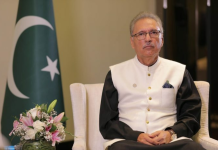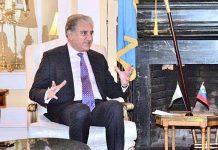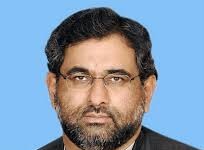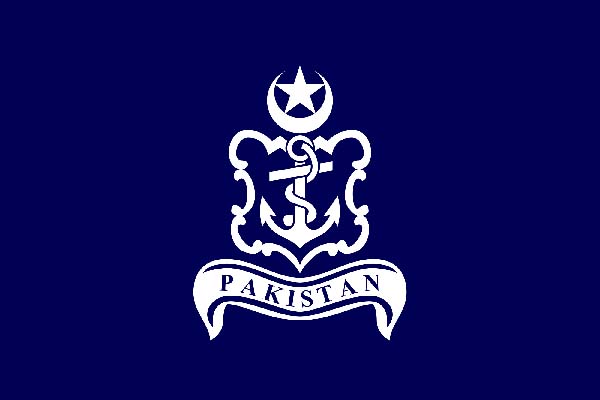Moody’s Ratings has upgraded Pakistan’s local and foreign currency issuer and senior unsecured debt ratings from CAA3 to CAA2, while changing the country’s outlook from stable to positive.
This decision reflects the country’s improving macroeconomic conditions and moderately better government liquidity and external positions, despite remaining challenges. The upgrade to CAA2 signifies a reduction in Pakistan’s default risk, aligning it with the new rating level. This improvement is partly attributed to the recent staff-level agreement with the International Monetary Fund (IMF) on a 37-month Extended Fund Facility (EFF) worth $7 billion, agreed on 12 July 2024. The IMF Board is expected to approve the EFF in the coming weeks, providing further stability to Pakistan’s external financing sources.
Pakistan’s foreign exchange reserves have approximately doubled since June 2023, although they still fall short of fully meeting the country’s external financing needs. The nation continues to rely on timely financing from official partners to address its external debt obligations.
Despite the upgrade, Pakistan’s CAA2 rating continues to reflect very weak debt affordability, with interest payments expected to consume about half of government revenue over the next two to three years. The rating also incorporates concerns about weak governance and high political uncertainty. The positive outlook suggests that risks are now skewed to the upside. It considers the potential for further reductions in government liquidity and external vulnerability risks, supported by the IMF programme.
Sustained reforms, particularly revenue-raising measures, could improve Pakistan’s debt affordability and fiscal position. The rating upgrade to CAA2 also applies to the backed foreign currency senior unsecured ratings for The Pakistan Global Sukuk Programme Co Ltd, with the outlook similarly set to positive.
Moody’s has also raised Pakistan’s local and foreign currency country ceilings to B3 and CAA2, respectively.
The two-notch gap between the local currency ceiling and the sovereign rating is driven by the government’s significant role in the economy, weak institutions, and high political and external vulnerability risk.
Additionally, the gap between the foreign currency ceiling and the local currency ceiling accounts for incomplete capital account convertibility and relatively weak policy effectiveness.
Reacting to the development, Prime Minister Shehbaz Sharif attributed the achievement to the hard work of the economic team.
Chairing a review meeting on the economic development and investment strategies, Shehbaz Sharif stated that Pakistan’s economy had been rescued from default by prioritizing the country’s needs over his own political career during his previous term as prime minister. He expressed satisfaction that, after stabilization, the country’s economy was now on the path of progressing and development.
The prime minister also pointed out that Moody’s Caa2 rating for Pakistan was an international endorsement of the government’s economic strategies. He expressed optimism that the economy would maintain its positive trajectory and continue to progress. He warned that delays in executing investment projects from friendly countries would not be tolerated. He instructed all ministers and relevant institutions to take immediate action to accelerate progress on these proposed projects. The prime minister emphasized that Pakistan offers substantial investment potential in areas such as information technology, agriculture, minerals and precious stones, and energy.
He added that foreign investment in these sectors would not only boost domestic exports but also generate employment opportunities for millions of young people.
The meeting was also informed about the progress on the projects under the second phase of the China Pakistan Economic Corridor (CPAC).
This comes a day after an official report on disbursement of foreign loans confirmed that the government was unable to secure $9 billion in debt rollovers last month, receiving only $426 million from international lenders in July. The Ministry of Economic Affairs published its monthly disbursement report, revealing that no loans were secured from foreign commercial banks or bilateral creditors. The rollover of Chinese, Saudi Arabian, and United Arab Emirates cash deposits, along with raising new loans from foreign commercial banks, are prerequisites for the IMF approval of a $7 billion bailout package. The Ministry of Economic Affairs has listed $5 billion in Saudi Arabian debt and $4 billion in Chinese debt as part of the federal government’s rollover plan. However, the $3 billion UAE deposit is accounted for on the central bank’s balance sheet. The report noted that no disbursements were made against these loans last month.














